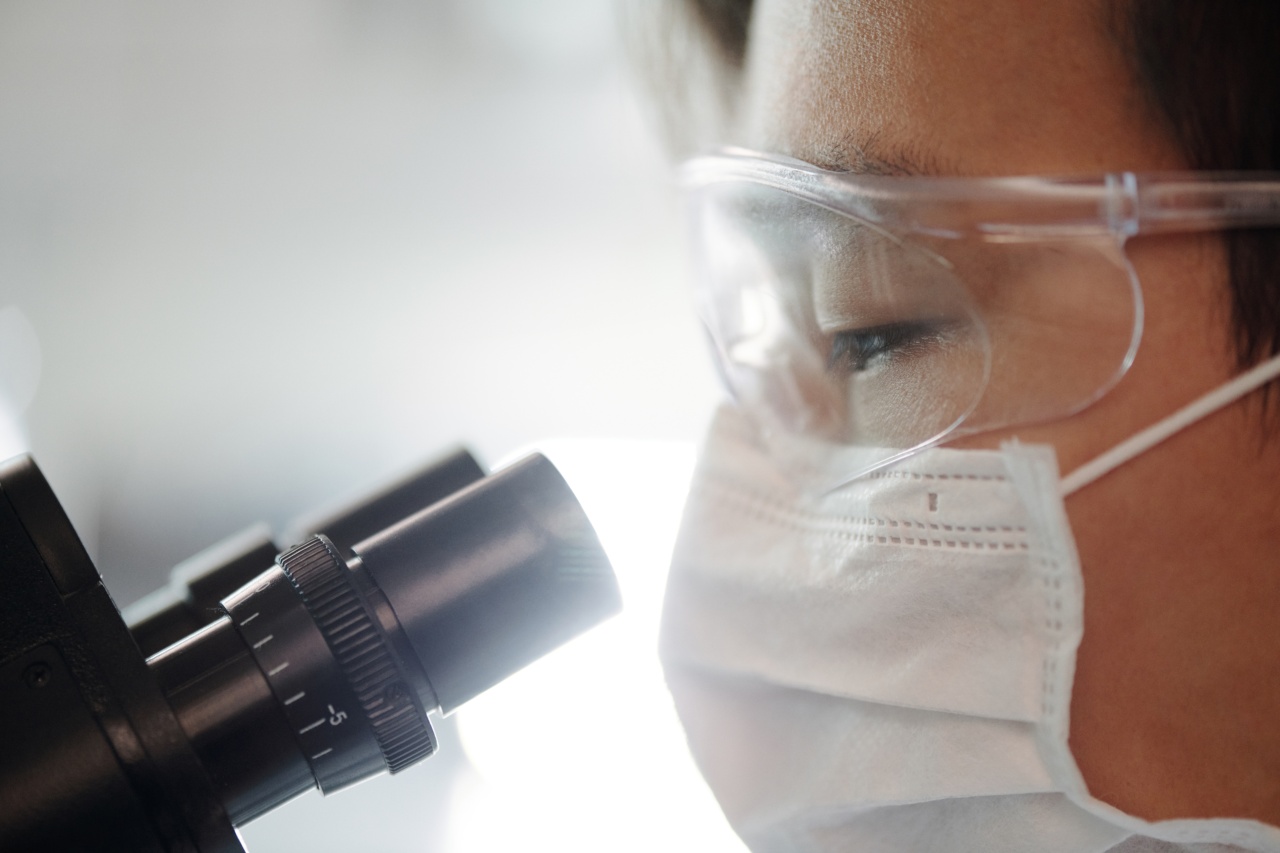Low blood pressure, also known as hypotension, is a condition characterized by a blood pressure reading that is below the normal range.
While high blood pressure tends to get more attention, low blood pressure can also have significant effects on an individual’s health and well-being. In this article, we will explore the causes, symptoms, and treatment options for low blood pressure.
1. What is Low Blood Pressure?
Blood pressure is the force exerted by the circulating blood against the walls of the blood vessels. It is typically recorded as two values: systolic pressure (the higher number) and diastolic pressure (the lower number).
Normal blood pressure is considered to be around 120/80 mmHg.
Low blood pressure is generally defined as a reading below 90/60 mmHg. However, what is considered low can vary depending on factors such as age, overall health, and individual circumstances.
2. Common Causes of Low Blood Pressure
Low blood pressure can be caused by various factors, including:.
- Dehydration: When you lose more water than you take in, it can lead to a decrease in blood volume and subsequently result in low blood pressure.
- Medications: Certain medications like diuretics, alpha blockers, and beta blockers can cause a drop in blood pressure.
- Heart Problems: Conditions such as heart attack, heart failure, and abnormal heart rhythms can interfere with the heart’s ability to pump blood effectively.
- Hormonal Issues: Conditions like adrenal insufficiency, thyroid disorders, and diabetes can disrupt the body’s hormone balance, leading to low blood pressure.
- Blood Loss: Significant blood loss due to injury, internal bleeding, or surgery can cause a sudden drop in blood pressure.
- Certain Health Conditions: Conditions like Parkinson’s disease, pregnancy, nutritional deficiencies, and nervous system disorders can contribute to low blood pressure.
3. Symptoms of Low Blood Pressure
Low blood pressure can be associated with various symptoms, although some individuals may not experience any symptoms at all. Common symptoms include:.
- Dizziness or lightheadedness: Feeling faint or dizzy, especially upon standing up, is a common symptom of low blood pressure.
- Fainting: In severe cases, low blood pressure can cause loss of consciousness or fainting episodes.
- Blurred vision: Insufficient blood supply to the eyes can result in blurred vision or temporary loss of vision.
- Rapid or shallow breathing: Low blood pressure can affect the respiratory system, leading to rapid or shallow breathing.
- Fatigue: Feeling excessively tired or fatigued, even with minimal physical exertion, is another common symptom.
- Depression and difficulty concentrating: Insufficient blood flow to the brain can impact mood and cognitive function.
4. Treatment Options for Low Blood Pressure
The appropriate treatment for low blood pressure depends on the underlying cause and the severity of symptoms. In mild cases, lifestyle and dietary changes may be sufficient to manage the condition. These may include:.
- Increase fluid intake: Staying hydrated can help maintain blood volume and prevent episodes of low blood pressure.
- Avoid standing up quickly: To prevent dizziness or lightheadedness, it is advisable to rise slowly from sitting or lying down positions.
- Eat small, frequent meals: Having smaller, more frequent meals can prevent a sharp drop in blood pressure that may occur after large meals.
- Limit alcohol consumption: Alcohol can cause blood vessels to dilate, resulting in temporarily low blood pressure.
- Wear compression stockings: These stockings apply gentle pressure to the legs, encouraging blood flow and preventing blood pooling in the lower extremities.
In cases where low blood pressure is caused by an underlying medical condition, specific treatment options may be necessary. These could involve medications, surgery, or other targeted therapies aimed at addressing the root cause.
5. When to Seek Medical Attention
While occasional episodes of low blood pressure may not be a cause for concern, persistent or severe symptoms should not be ignored. It is important to seek medical attention if:.
- The symptoms of low blood pressure interfere with everyday activities or quality of life.
- Episodes of fainting or loss of consciousness occur.
- Low blood pressure is accompanied by chest pain, shortness of breath, or other concerning symptoms.
- There are sudden changes in blood pressure without any apparent cause.
A healthcare professional can evaluate the individual’s specific situation, conduct necessary tests, and provide appropriate guidance and treatment options.
6. Summary
Low blood pressure, or hypotension, can have various causes ranging from dehydration and medications to heart problems and certain health conditions. Its symptoms can include dizziness, fainting, blurred vision, and fatigue.
Treatment options depend on the underlying cause and can range from lifestyle changes to targeted therapies. If you experience persistent or severe symptoms, it is important to consult a healthcare professional for proper evaluation and guidance.





























